What is a Deep Cycle Boat Battery and Why it is Essential for Marine Applications
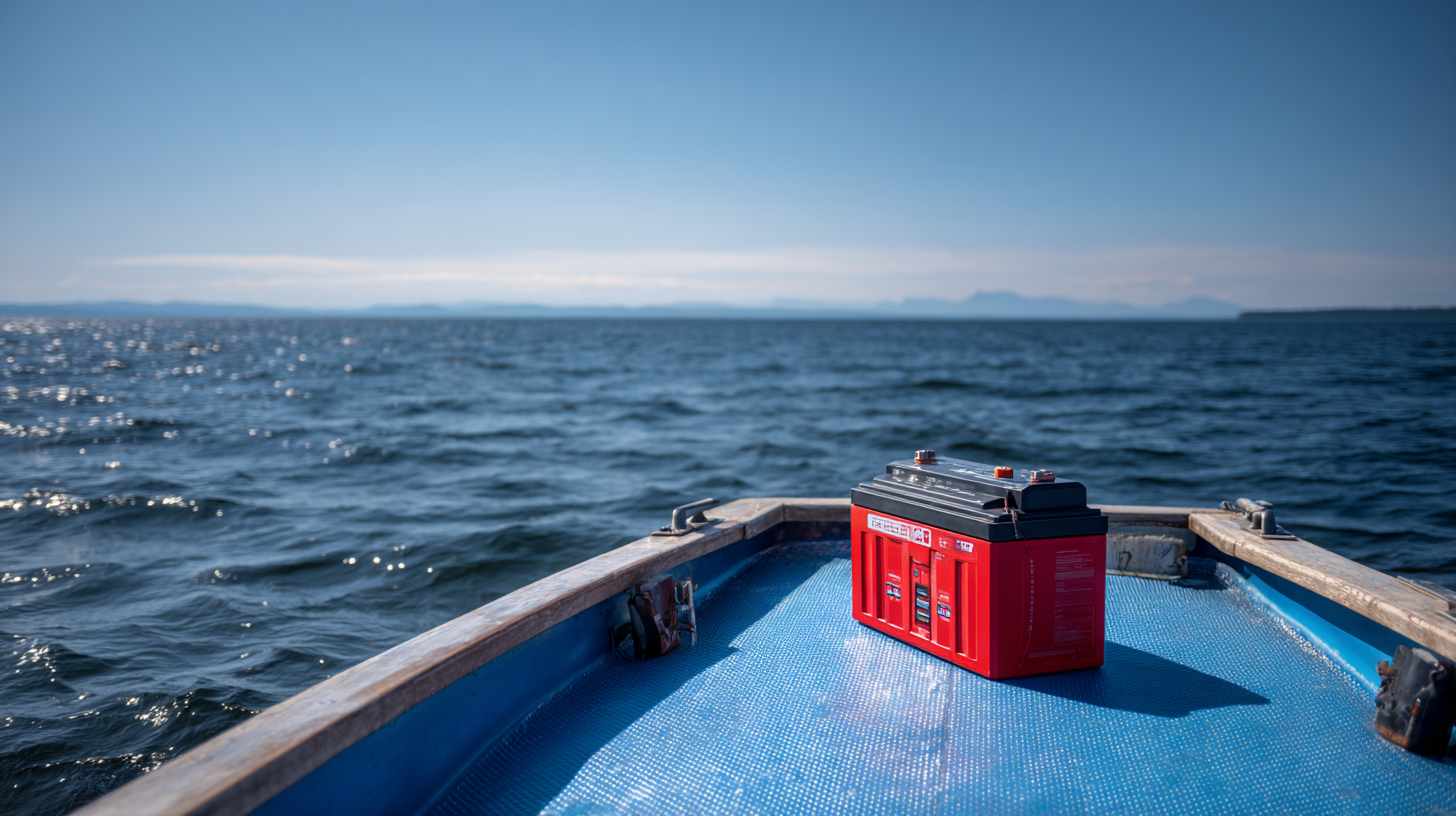 The significance of a deep cycle boat battery in marine applications cannot be overstated, as it serves as the backbone for energy supply on boats, ensuring reliable performance during extended outings. According to a report by the National Marine Manufacturers Association, nearly 75% of boat owners prioritize a reliable power source for their vessels, highlighting the rising demand for deep cycle batteries in the marine sector. These batteries are designed to be discharged repeatedly and efficiently, making them an ideal choice for powering essential equipment such as navigation systems, lighting, and other onboard electronics.
The significance of a deep cycle boat battery in marine applications cannot be overstated, as it serves as the backbone for energy supply on boats, ensuring reliable performance during extended outings. According to a report by the National Marine Manufacturers Association, nearly 75% of boat owners prioritize a reliable power source for their vessels, highlighting the rising demand for deep cycle batteries in the marine sector. These batteries are designed to be discharged repeatedly and efficiently, making them an ideal choice for powering essential equipment such as navigation systems, lighting, and other onboard electronics.
Expert in marine battery technology, Dr. Emily Hart, emphasizes the importance of deep cycle boat batteries by stating, "The resilience and longevity of deep cycle batteries are critical for boaters who depend on uninterrupted power while out at sea." This indicates a clear understanding of the role these batteries play in enhancing the overall boating experience. As the marine industry evolves with advanced technologies and growing user demands, deep cycle boat batteries will continue to be an essential component, ensuring that boaters can fully enjoy their time on the water without the worry of power failure.
Understanding Deep Cycle Boat Batteries: Definition and Functionality
Deep cycle boat batteries are specifically designed to provide a steady amount of power over an extended period, making them essential for marine applications where reliable energy is paramount. Unlike starting batteries that deliver a quick burst of energy to ignite the engine, deep cycle batteries can be discharged and recharged multiple times without significant damage. According to industry reports, deep cycle batteries can typically withstand 300 to 500 discharge cycles, depending on their design and maintenance, resulting in a longer lifespan compared to regular batteries.
The functionality of a deep cycle boat battery revolves around its ability to sustain continuous power, which is crucial for running onboard electronics, lights, trolling motors, and other essential marine equipment. Features such as thicker lead plates and an optimized electrolyte solution enhance their ability to deliver consistent voltage while minimizing the risk of sulfation—a common issue that shortens battery life. Recent data indicates that deep cycle AGM (Absorbent Glass Mat) batteries, for example, offer an efficiency rate of up to 98% during charging and discharging, making them a preferred choice among boaters seeking reliability and performance on the water.
What is a Deep Cycle Boat Battery and Why it is Essential for Marine Applications
| Feature | Description | Importance in Marine Applications |
|---|---|---|
| Battery Type | Lead-acid (Flooded, AGM, Gel) | Reliable for consistent power over time |
| Depth of Discharge (DoD) | Up to 80% recommended | Maximizes energy storage and efficiency |
| Cycle Life | 500-1200 cycles | Longer life means less frequent replacements |
| Maintenance | Varies by type (flooded vs. sealed) | Ensures consistent performance and longevity |
| Weight | Varies (30-80 lbs typical) | Impacts boat balance and performance |
| Cranking Amps | Generally lower compared to starting batteries | Not designed for short bursts of high power |
| Applications | Electric trolling motors, onboard electronics | Critical for reliability while on water |
Key Features of Deep Cycle Boat Batteries for Marine Use
Deep cycle boat batteries are specifically designed to provide a steady amount of power over an extended period, making them ideal for marine applications. Unlike traditional starter batteries, which deliver a quick burst of energy to start the engine, deep cycle batteries can be discharged and recharged repeatedly without significant damage. This feature is essential for powering electronics, lights, and other accessories on a boat while ensuring that sufficient energy remains for starting the engine when needed.
One of the key features of deep cycle boat batteries is their robust construction, usually involving thicker plates and a durable design that withstands the harsh marine environment. Additionally, they often come with a higher capacity rating, measured in amp-hours, allowing them to provide sustained energy for longer durations. Many deep cycle batteries also utilize advanced technologies, such as gel or AGM (Absorbed Glass Mat) constructions, which minimize maintenance requirements and enhance safety by reducing leakage risks. These batteries are crucial for ensuring reliability and efficiency on the water, providing boaters with the confidence they need during their marine excursions.
Deep Cycle Boat Battery Performance Comparison
Deep cycle boat batteries are crucial for marine applications, providing reliable power for various onboard systems. This chart compares the capacity of three popular types: Lead-Acid, AGM, and Lithium-ion batteries, showcasing the advantages of each type in terms of energy storage.
Top 5 Reasons Why Deep Cycle Batteries are Essential for Boats
When it comes to marine applications, investing in a deep cycle boat battery is crucial for several reasons. First and foremost, deep cycle batteries are designed to endure repeated discharges and recharges, making them ideal for powering vital onboard systems such as navigation and communication tools. According to a report by the Battery Council International, a well-maintained deep cycle battery can last up to 1,500 cycles, significantly outpacing standard lead-acid batteries.
Secondly, deep cycle batteries offer a steady power output over an extended period, ensuring that equipment runs efficiently without fluctuations. This is particularly important when you need consistent energy while out on the water. A study by the Marine Industry Association found that boats equipped with high-quality deep cycle batteries report a 30% improvement in operational reliability.
Tips: When selecting a deep cycle battery for your boat, look for models with higher amp-hour ratings to ensure you have adequate power for your usage. Additionally, consider using a smart charger to optimize battery life and performance, further enhancing your boating experience.
Best Practices for Maintaining Your Deep Cycle Boat Battery
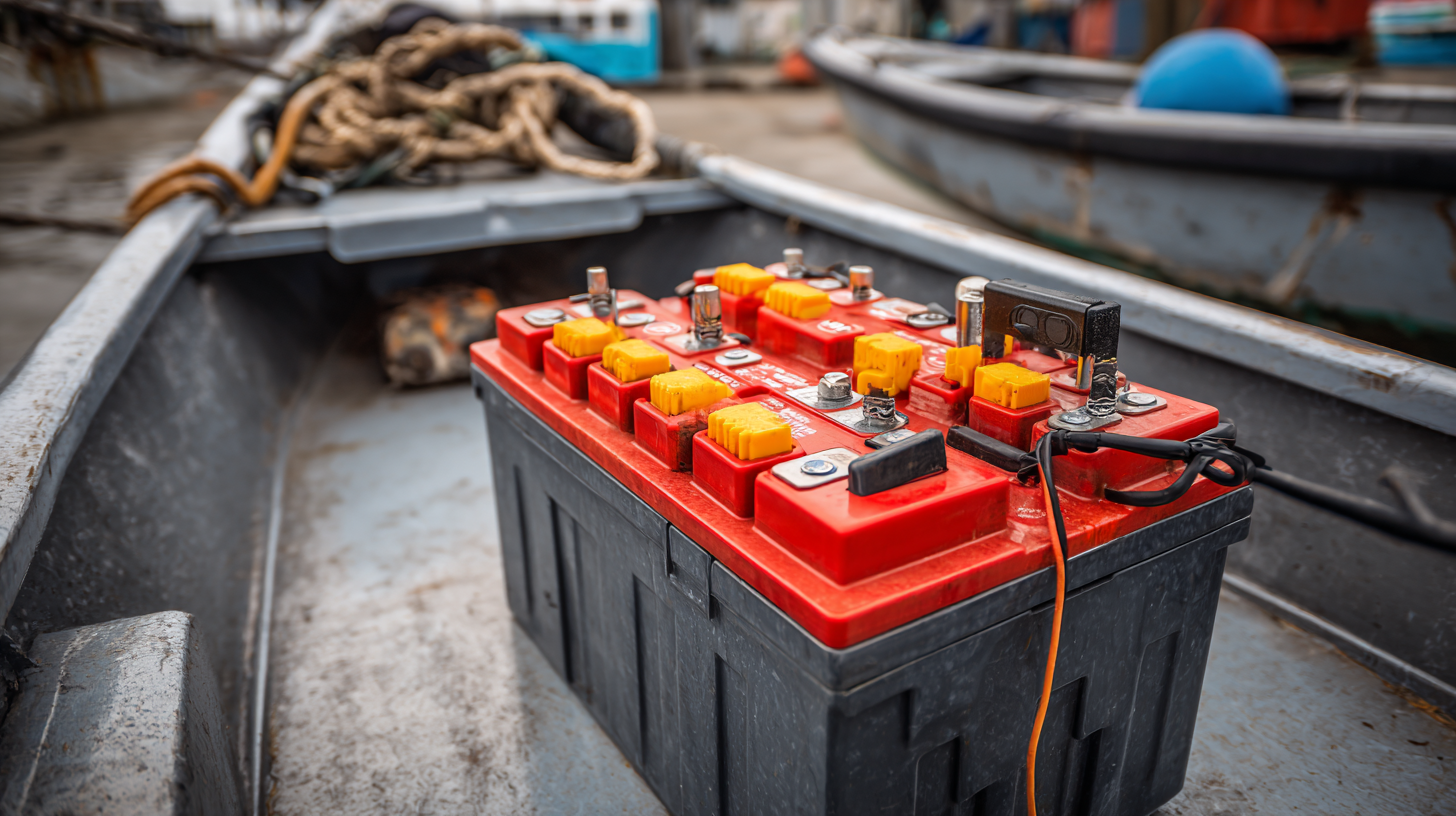 Proper maintenance of a deep cycle boat battery is crucial for ensuring its longevity and optimal performance in marine applications.
One of the best practices is to regularly check the battery's water levels. Deep cycle batteries often require distilled water to maintain the electrolyte level, ensuring efficient operation.
Keeping the terminals clean is equally important; any corrosion can impede the connection and reduce the efficiency of the battery.
Proper maintenance of a deep cycle boat battery is crucial for ensuring its longevity and optimal performance in marine applications.
One of the best practices is to regularly check the battery's water levels. Deep cycle batteries often require distilled water to maintain the electrolyte level, ensuring efficient operation.
Keeping the terminals clean is equally important; any corrosion can impede the connection and reduce the efficiency of the battery.
Additionally, it's essential to charge the battery appropriately. Deep cycle batteries thrive on a slow, steady charge, which helps to prevent overheating and extending their lifespan.
Investing in a quality charger with a built-in maintenance mode can help maintain the battery at an optimal charge level without overcharging.
Finally, storing the battery correctly during off-seasons—preferably in a cool, dry place—will minimize self-discharge and maximize its readiness for the next season.
By following these best practices, boat owners can ensure their deep cycle batteries remain reliable and perform effectively for years to come.
Choosing the Right Deep Cycle Battery for Your Marine Needs
When selecting a deep cycle battery for marine applications, it's crucial to consider several key factors to ensure optimal performance. First, examine the battery's capacity, rated in amp-hours (Ah). This rating indicates how long the battery can provide power before needing a recharge. For instance, a higher Ah rating is essential for larger vessels that require substantial power for extended periods, such as running trolling motors, fish finders, and lights.
Additionally, consider the type of deep cycle battery that best suits your needs. There are primarily three types: lead-acid, AGM (absorbed glass mat), and lithium-ion. Lead-acid batteries are traditional and cost-effective, whereas AGM batteries offer better durability and longer lifespan. Lithium-ion batteries, although initially more expensive, provide lighter weight, faster charging, and deeper discharge capabilities. Assessing your boat's power requirements and usage patterns will guide you toward the most suitable battery type, ensuring efficiency and reliability during your marine adventures.
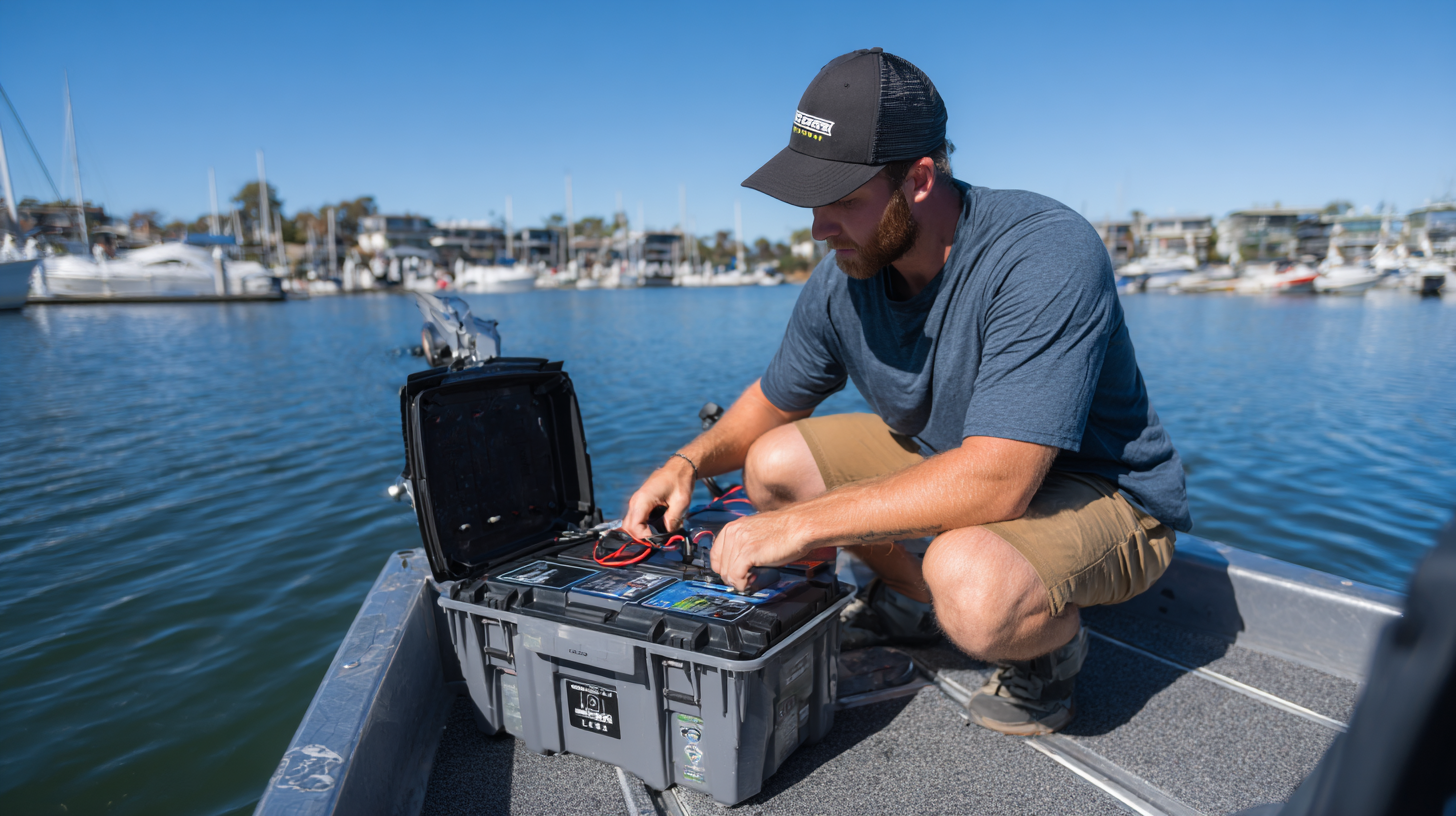
Related Posts
-

Understanding the Advantages of Deep Cycle Boat Batteries for Your Marine Adventures
-

7 Secrets to Finding the Best Battery Shop for Your Needs
-
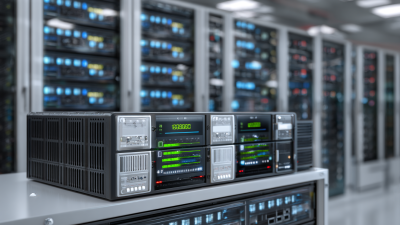
How an UPS Backup System Can Save Your Data During Power Outages: Essential Insights
-
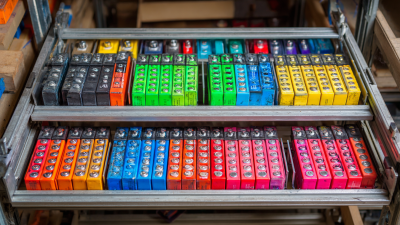
How to Maximize the Lifespan of Your Deep Cycle Batteries
-

Top 10 Power Backup Solutions for Uninterrupted Electricity Supply
-
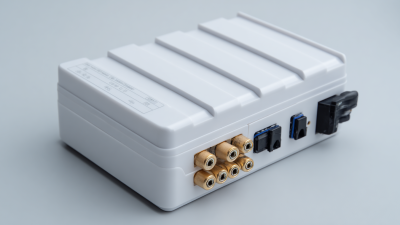
Unlocking the Future: How Battery Packs are Revolutionizing Portable Power Solutions
